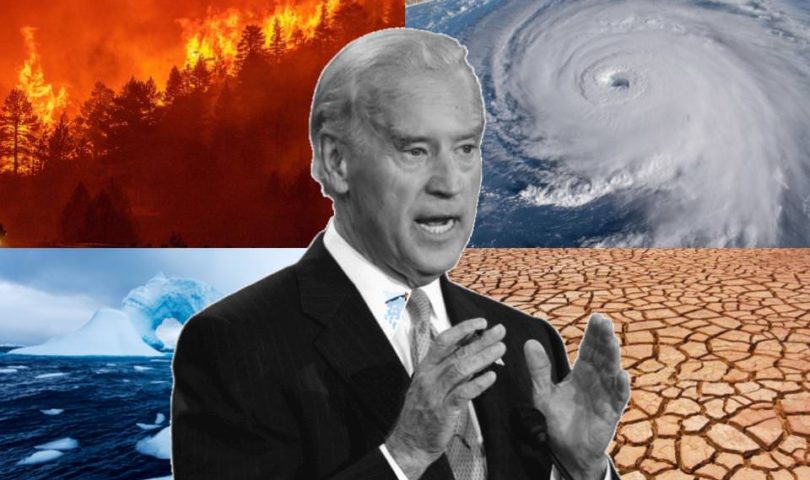After the long and uncertain election earlier this month, Joe Biden has become the President-elect. As the country remains divided over their candidates and the stakes of the election, there’s no denying that Joe Biden and President Donald Trump are extremely different politicians with contrasting standpoints on many issues and subjects. One of the most notable differences between them is in regards to climate change.
The ever-changing climate has had many recent effects around the globe. California watched the sky turn orange for weeks in the longest and most catastrophic fire season the state has ever had. Hurricanes have become more intense and long-lasting. According to NASA, the global temperature has risen 2.0°F since 1880.
Donald Trump took a variety of actions throughout his presidency that reversed the climate reforms done by President Barack Obama and earlier administrations. For example, he withdrew the United States from the Paris Climate Treaty, an agreement signed by a majority of nations to reduce fossil fuel emissions. He replaced Obama’s Clean Power Plan, which intended to reduce emissions from U.S. power plants. Donald Trump also has a history of denying the very existence of climate change and calling it a “hoax” in 2016, despite its proven existence from scientists across the globe. However, he has retracted that statement in a recent interview, stating that “I don’t think it’s a hoax, I think there’s probably a difference.”
President-elect Joe Biden is preparing to counter these acts by Donald Trump and take drastic steps to reduce the effects of climate change. “It’s the number one issue facing humanity. And it’s the number one issue for me,” Biden said in an episode of Pod Save America in late October.
Joe Biden is a supporter of the Green New Deal, a climate proposal introduced by Congresswoman Alexandria Ocasio-Cortez of New York and Senator Edward J. Markey of Massachusetts in February 2019. The proposal emphasizes the urgency of the climate crisis, and maintains that the entire world needs to get to net-zero emissions by 2050, meaning that there will need to be an overall balance between greenhouse gas emissions produced and greenhouse gas emissions removed from the atmosphere. In other words, the amount of carbon that humans emit into the atmosphere will need to decrease drastically. The primary goals of the Green New Deal are to significantly reduce greenhouse gas emissions, create jobs, and ensure that clean air, water and healthy food are considered basic human rights. It calls for the launch of a 10-year effort to source 100% of the country’s energy from zero-emissions power, upgrade every building to be more energy efficient and invest in electric vehicles and a high-speed rail system.
Biden’s plan shares many of these goals and emphasizes the connection between the climate and the economy. He has proposed spending $2 trillion on clean energy over the course of his presidency to put people back to work. He also intends to have the United States rejoin the Paris Climate Agreement, a goal shared by many climate scientists across the nation.
“There will be a big push on electric vehicles, a big push on efficient buildings, both residential and offices, a big push on creating a new kind of civilian conservation corps and doing a lot of nature-based solutions on climate change,” said Andrew Light, former senior climate official in the Obama administration, in a BBC interview about Biden’s plan to create jobs while lowering emissions.
Much political uncertainty still remains as of late November, but one thing is clear. When Biden takes the presidency, environmental policy in this country is going to drastically change.

